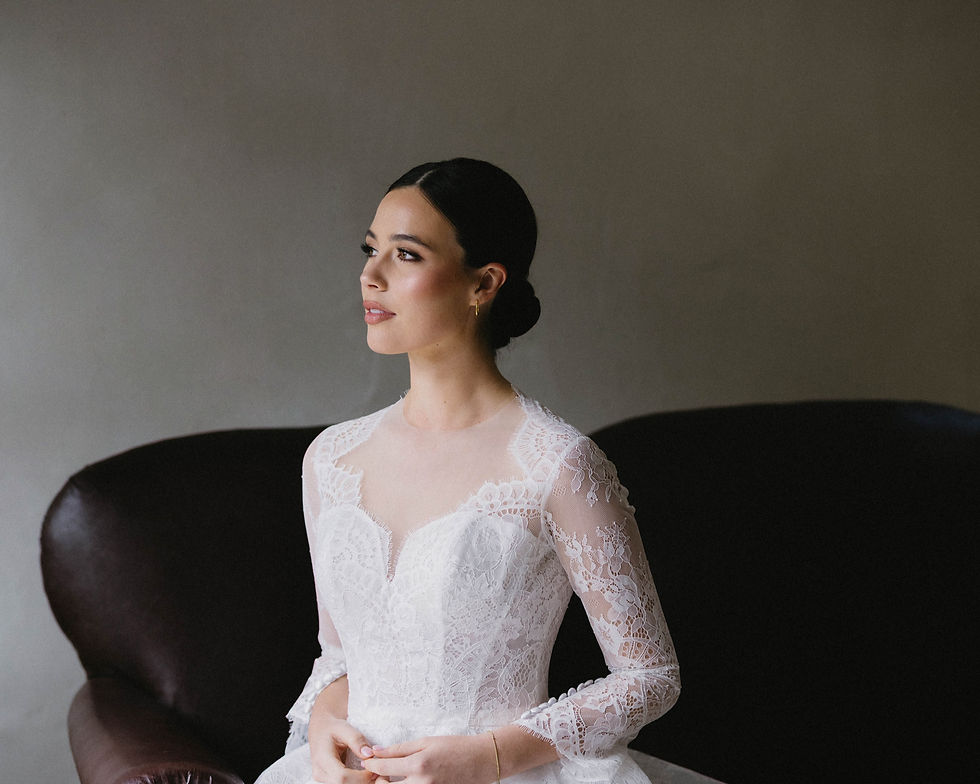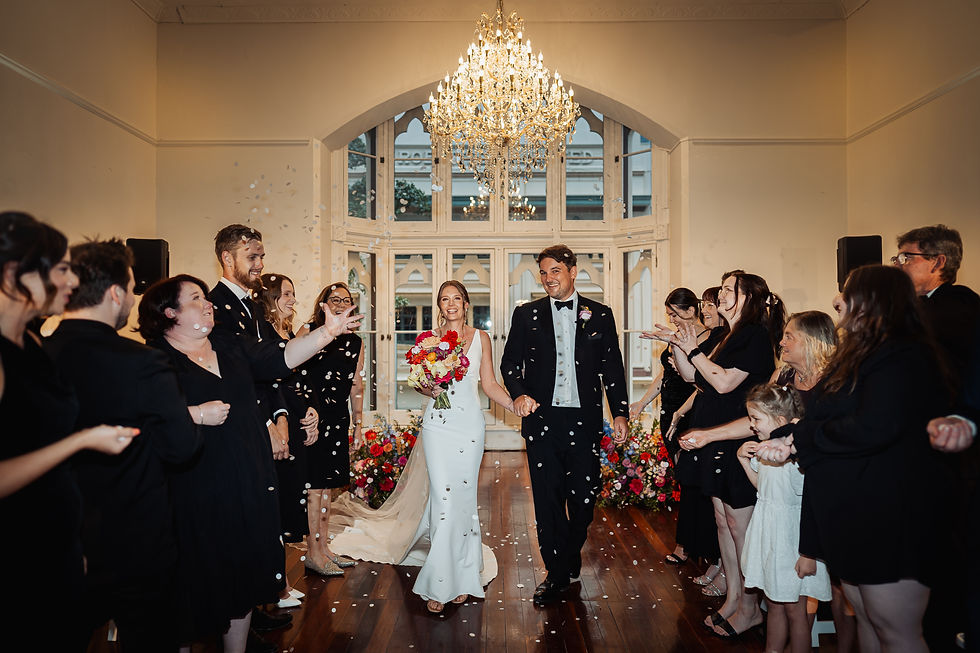How To Blend Your Foundation in 6 Easy Steps:
- Irish Josel Cahinde
- Mar 25, 2022
- 4 min read
Updated: Mar 26, 2022

Foundation is the base of any makeup look, so it's important to get it right.
For those of us who wear makeup on a regular basis, one of the most important steps in a makeup routine is to apply your foundation.
This will not only even out your skin tone, but it will also provide you with a blank canvas for the rest of your makeup. But when it comes to foundation application, many people struggle with blending their foundation out properly.
It's easy to get patches of product that are way too obvious and make you look cakey or unnatural. If this is a problem you're always struggling with.
If you're always struggling with blending your foundation, here are 6 tips to help.
1. Use a foundation brush
A foundation brush is a foolproof way to ensure you're applying foundation evenly. Brushes can be used with either liquid or cream foundations, so it's just a matter of deciding which one works best for you and your skin type.
To apply foundation using a brush, start by dotting the product all over your face, then use broad strokes to blend it in. It's especially important to focus on the jawline, neck and hairline to ensure there are no harsh lines.
2. Choose your formula wisely
Your chosen formula can also help determine how well you blend your foundation. If you find it hard to blend in liquid foundation, opt for one that is more watery and lightweight, like an essence or cushion compact. These formulas tend to melt into the skin when blended, leaving it looking natural and seamless.
3. Dampen your sponge
If you like using a beauty blender to apply your foundation, you'll know from experience that dampening it first really helps blend things in better. This is also true if you're using a sponge makeup applicator — just wet it under the tap before squeezing out any excess water and using it to dab on the product.
Using a damp beauty sponge when blending the foundation helps the base look much more youthful and natural.
4. Use your fingers if you only have a little bit to cover
If you're just looking to even out your skin tone, using your fingers can be the easiest way to apply foundation and also means you can skip the moisturiser step. Just dot the product onto your face and then blend it in.
5. Consider using concealer first
If you have a lot of areas that need concealing — like under-eye circles, redness or acne — it's worth applying some of that first, as it's often thicker than foundation and will save time trying to get those bits fully covered with less product later on. Plus, this means you'll avoid going overboard with the foundation on top.
6. Or try using tinted moisturizer instead
If you tend to go makeup-free most days, but still want a little bit of coverage, tinted moisturizer is a great option. It's one of those products that nobody really talks about, but it makes a huge difference if you don't want a full face of base and feel like BB cream isn't quite enough either. It has just the right amount of pigment and is really hydrating too, meaning it's perfect for dry skin types who hate wearing heavier makeup in summer.
How to Choose Foundation Shades
So you're ready to join the ranks of the made-up — but maybe not so sure about what shade of foundation is right for your skin. Don't worry; we're here to help.
First, a few tips:
If you find the perfect foundation only to discover that it doesn't come in your shade, don't despair. You can mix two colors together to create an in-between hue — just make sure they're both from the same brand and have similar base tones.
When testing foundation shades, first determine whether you need a warm or cool tone. Stand outside in natural light (or under bright fluorescent lights), and take note of the color of the veins on the inside of your wrist: If they look blue or purple, you have cool undertones; if they look greenish, you have warm undertones; if you can't really tell, then you probably have neutral undertones.
Next, take a foundation sample,
and smooth it onto your face near your jawline (but avoid actually applying it to your jawline). If it doesn't match or disappear into your skin tone, then it's not the right shade for you.
Once you've determined your skin's undertone and found a shade that matches, don't forget to test how well the formula wears throughout the day. To do this, apply a small amount of foundation onto one side of your face, and let it sit for 24 hours. By then, you'll be able to tell if the color has oxidized or changed shades during wear.
Keep in mind that while some foundations are designed to match multiple skin tones so there are fewer options to choose from, other formulas may come in several dozen shades. In either scenario, finding the right shade of foundation should be an exciting experience. It may take some time and effort in order to find the perfect foundation shade for you, but once you do, your complexion will instantly appear flawless.








Comments